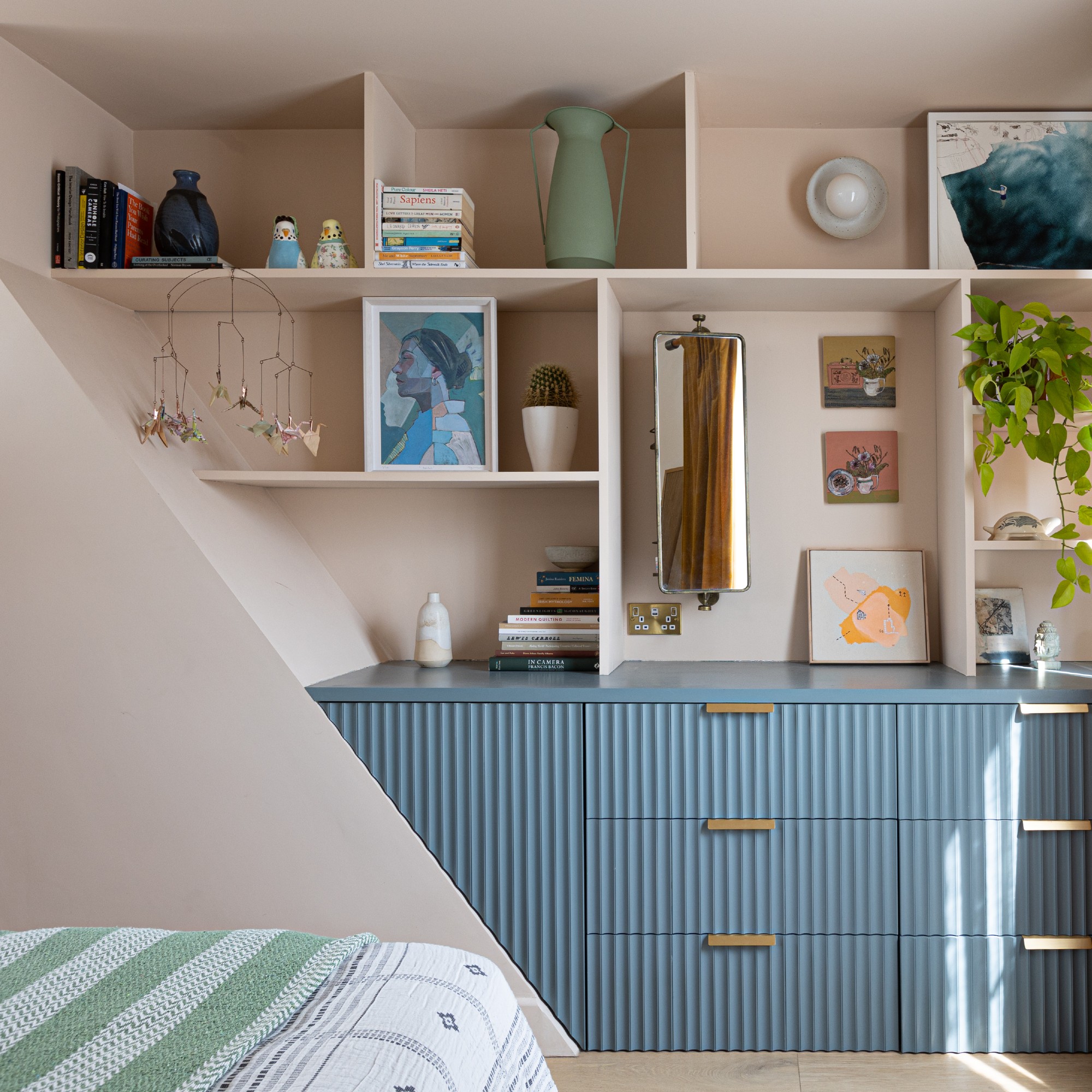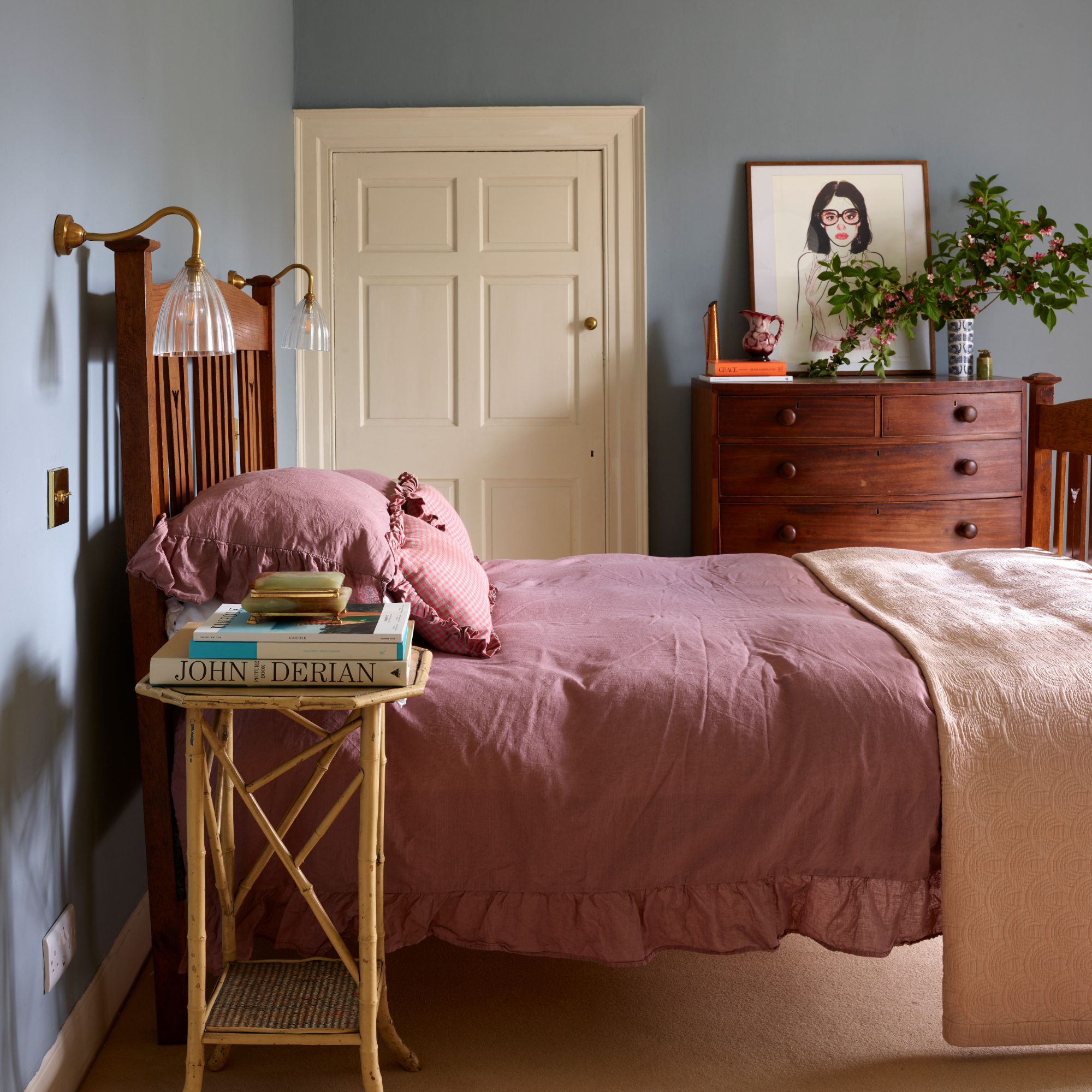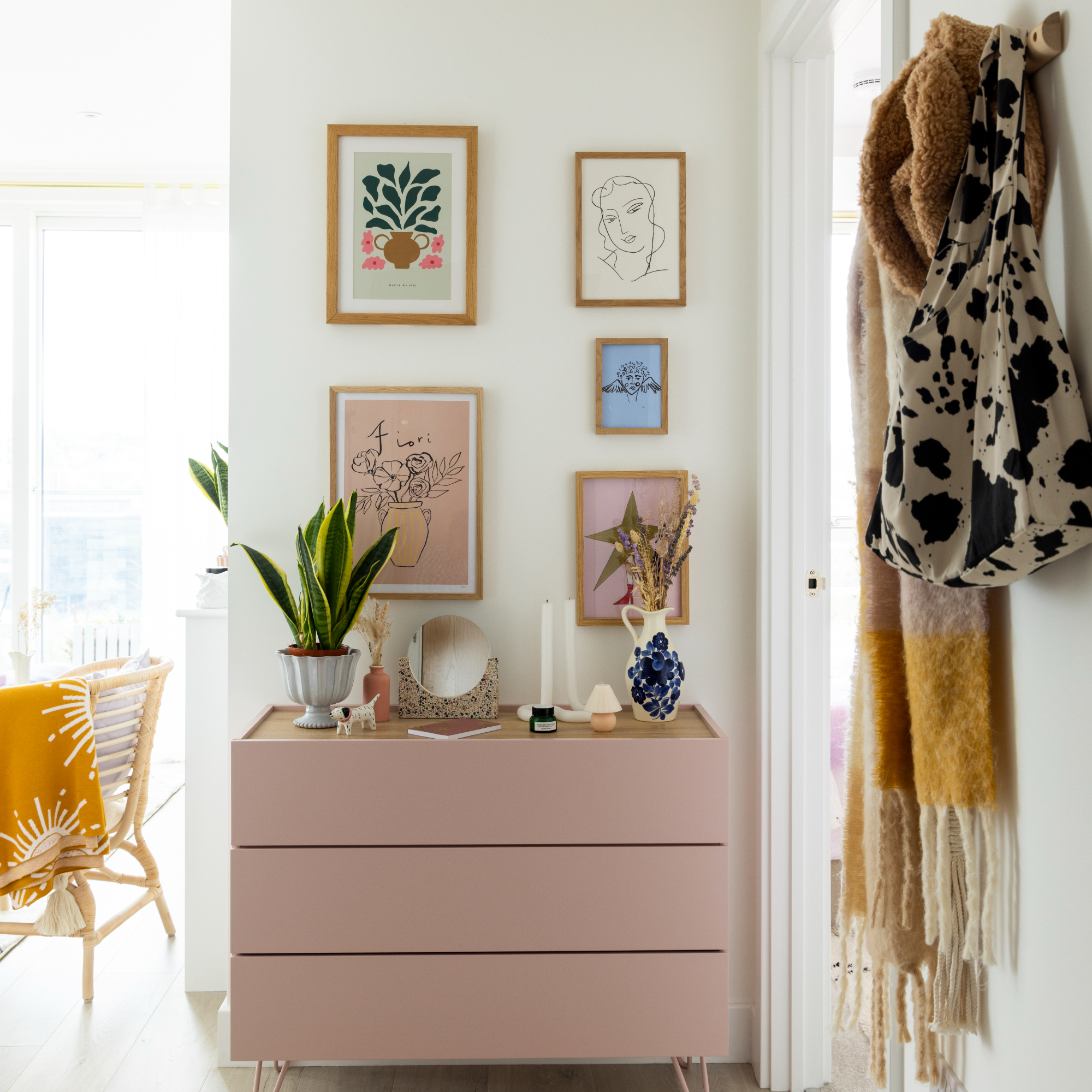
I'll be the first to admit that I often act on impulse when it comes to purchasing things of any kind; however, that impulse only gets worse when it comes to buying things for the home. So, when I came across The Minimalists' 30/30 rule, it struck a chord with me and I knew I had to give it a go.
Listen, I've tried my fair share of decluttering methods in an attempt to tackle what seems to feel like a never-ending blackhole of household items, trinkets, and clothing. However, the reality is that I still fall victim to one of the biggest decluttering mistakes: not being able to kick my shopping habit. Therefore, instead of operating via a streamlined 'one in one out' system as per many professional organisers' rules for a clutter-free home, it's admittedly more of a 'one out five in' system in my home.
Thankfully, the 30/30 rule as coined by podcast duo, The Minimalists, aims to address my exact issue with impulse buying by implementing a designated waiting period to help avoid unnecessary purchases that could lead to clutter – and I'm pretty pleased with how it's been going.

What is the 30/30 rule?
As explained by Joshua Fields Millburn of the Minimalists, who have a podcast and Netflix special about their methods, the 30/30 rule goes like so: if something costs more than £30, ask yourself whether you can get by without it for the next 30 hours. For anything more than £100, the waiting period extends to 30 days.
'This extra time helps me assess whether or not this new thing will add value to my life. Often, after deliberating, I recognise my life will be better without the new widget, so I forgo the purchase,' says Joshua.
If, after the deliberation period, you do end up purchasing it, you feel better about it because the purchase feels more intentional rather than something from the spur of the moment. By being more considered with your purchases, we can perhaps learn a thing or two from adopting these minimalist choices to improve wellbeing.

How I tried the 30/30 rule
My bedroom in my 2-bed flat in London is already extremely small with little to no built-in storage. Therefore, I've had to be very crafty to accommodate storage solutions for a small bedroom to fit in everything I need without it feeling overwhelmingly cluttered.
Previously, I only had open storage in the form of a clothes rail because I sacrificed the luxury of a dedicated wardrobe to make space for a desk to situate my computer setup for WFH and personal downtime.
However, after having gone about my day-to-day routine for a short period, I found myself starting to run out of storage space – not to mention, I had an empty wall I wanted to fill. So, from then and there I knew I wanted to buy a dresser to increase my bedroom storage and also act as a way to fake a tidy house by keeping more of my things behind closed doors.
I had my eye on the iconic IKEA MALM chest of 4 drawers in the white colourway. At the time it retailed £120. Although I knew I needed extra storage, I needed to think about what adding this new piece of furniture to my room would do and the true purpose it would serve, ensuring it would tick my boxes and not just take up space in my already small room. So, I slept on the decision and gave myself 30 days to deliberate.

After a month had passed, I knew I still wanted it and could list all the many reasons it would be a beneficial purchase for my home. So, I finally bought it. A few weeks have gone by now and needless to say, it's easily one of my favourite home purchases I've made as I could now have a home for all my makeup, hair accessories, and extra items I wasn't keen on having on display.
After buying the dresser, I also got the organisers from IKEA to match to help me further organise my items and give myself preventive measures to avoid any of them becoming a cluttered junk drawer. Everything had a place, served a purpose, and I was prepared for my things to make the switch into their designated drawers – all because I implemented the 30/30 rule to really consider my investment. And, I'm so glad I did.
Moving forward, I'll continue to use the 30/30 rule in other aspects of my life. Not only will my bank account be happy as I'm learning to curb my shopping habits, but my home can be a more organised and clutter-free space as a result, too.







